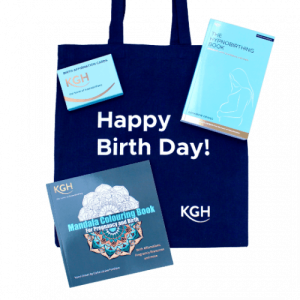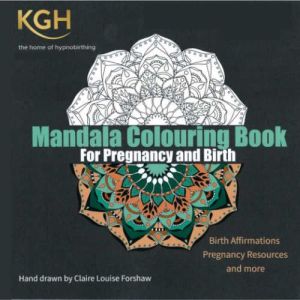 Background: This study did a systematic analysis of data on birth outcomes comparing planned births at hospital, birth centres and home for healthy pregnant women with a straightforward pregnancy.
Background: This study did a systematic analysis of data on birth outcomes comparing planned births at hospital, birth centres and home for healthy pregnant women with a straightforward pregnancy.
Historically, studies in this area have shown both better and poorer outcomes, however inconsistent attention to quality appraisal was apparent in many of these studies.
Authors: Vanessa Scarf et al, 2018.
Maternal and Perinatal Outcomes Study
The study found no significant difference in risks of adverse outcomes for mothers and babies in labour and birth for planned home births among women with low-risk pregnancies. Women planning home births were nearly three times more likely to have a normal (non-instrumental) birth than in a planned hospital birth, including significantly lower odds for intervention and severe trauma (such as haemorrhage or perennial damage) in labour and birth at home, compared with birth at hospital.
The research found there was no significant difference in the odds of intrapartum stillbirth according to place of birth, but found the baby was significantly less likely to be admitted to NICU (Neonatal Intensive Care Unit) than those planning a hospital birth.
The odds of severe perineum trauma were significantly lower amongst planned home births compared with other places of birth. Of all the studies investigated in the research, two reported significantly higher odds of having an intact perineum for planned home birth.
The study was compiled in July 2018. Read the full document here.
Some of the most significant findings include:
- Women having a planned home birth or a birth centre birth had a lower rate of severe trauma or haemorrhage than those giving birth in obstetrics units.
- Women planning hospital births had statistically lower odds of having a normal vaginal birth than any other planned setting.
- Women have significantly lower odds of intervention, and higher odds of normal vaginal births among planned home births compared to hospital births.
- The study also found there are significantly lower odds of the baby being admitted to NICU when born at home compared to a hospital birth.
It is hard to find all the information in one place in order to make an informed decision, but this research has identified some very interesting and meaningful results that can be used to enhance their choice and autonomy about birthplace options.
Birth Place Choice
 During a KGHypnobirthing course, we look at ‘where to give birth’ in great detail. From speaking to the mothers I have taught, I often hear the question:
During a KGHypnobirthing course, we look at ‘where to give birth’ in great detail. From speaking to the mothers I have taught, I often hear the question:
“But what if I gave birth at home and I need to transfer to hospital? I would feel safer in a birth centre.”
More often than not, the automatic choice for most women is to give birth in a birth centre. They think they are getting the best of both worlds.
Challenging Assumptions
Every woman will make decisions about birth place, dependent on her world view, often derived from the media and social norms as well as her own personal situation, and it is important that she feels confident with her decision. Studies like this provide information, which will allow you to make the right decision for your own circumstances. We look forward to the time when women feel as confident and happy to give birth at home, as they presently do about giving birth in hospital or a birth centre.
Being Fully Informed
Our role is to provide the facts, signpost the information, and support you in making an informed decision. You also need to understand how important it is to make you’re your choice based on facts and information to truly facilitate the natural working of you’re your body when it comes to giving birth. This includes providing information, such as this article, that help you reconsider assumptions around the safest place to give birth.
Further Home Birth Resources
For women who are planning a homebirth, we have some further resources available here:









